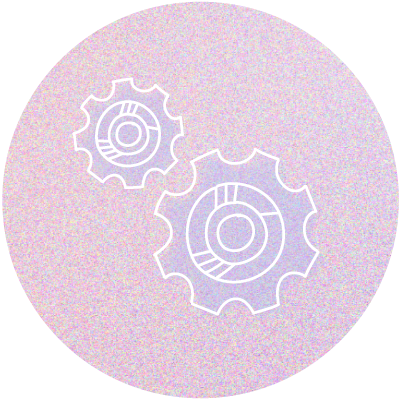AI Use Cases
Discussions around AI focus on the theory and leave you to wonder about the practical application.
Therefore, Reaktor has gathered together a series of use cases where we have assisted organisations in implementing AI solutions to solve concrete business challenges.
Read our manufacturing industry example or view the full list.

Summary
Covid has placed enormous pressure on industry players service quality. Maintenance work and part orders might be tricky when there are no professionals on-site to debug the problems and order needed parts efficiently. Industry players have been implementing digital channels for spare part orders, but erroneous orders cause downtime, nuisance and loss. It is critical to get the right items to avoid wasted time and effort.
If one could establish sufficient certainty of the correctness of all parts in an order, the shipment error rate could be decreased. For some items, this may require additional information. Spare part skeptic is a web store background analyzer to gather just the right amount of information to establish sufficient certainty.

Challenge
On the one hand, people don’t want to fill in additional information for the obvious items, so a good enough estimate of certainty and ergonomically acceptable threshold are needed. On the other hand, Spare part skeptic must be able to ask more, if needed: some parts of devices may have no part numbers or other sure-fire identification inscribed. It may also have been worn out, partially or entirely. So if secure identification is impossible, the Spare part skeptic must be able to merge data - photos of various quality, measurements, model numbers - everything that’s readily available to establish sufficient certainty automatically.

Role of AI
Some data sources and operations are challenging. What typos are probable in part numbers? Deduction of a part shape from amateur photos requires image processing. There is no clear-cut way to merge knowledge of the user’s likely device with the estimate of spare parts’ certainties. This requires data acquisition and machine learning. To be practical, the approach also needs a light start version with less data upfront.
To find out more about AI opportunities in the manufacturing industry or to discuss your organisation’s needs, contact us.
See more information on Reaktor's work in AI here.
